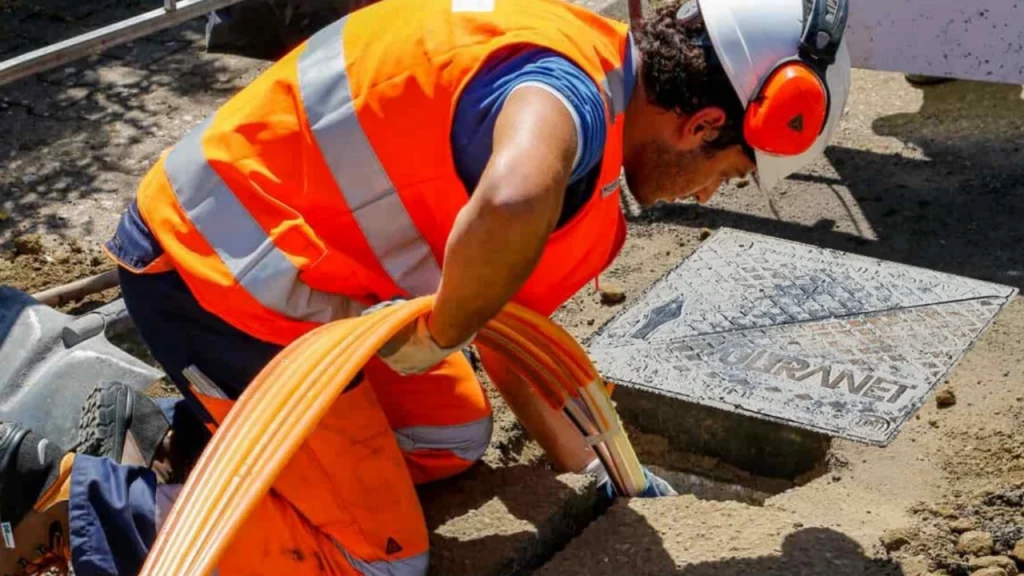- Exa Infrastructure activates a 1,400km terrestrial route to provide diverse and low-latency connections between four major European hubs.
- The deployment responds to growing demand for route diversity, following heightened geopolitical and infrastructure risks in subsea and cross-border links.
What happened: New terrestrial fibre corridor links four capitals
Exa Infrastructure has launched a new 1,400km high-capacity fibre network connecting London, Brussels, Amsterdam and Frankfurt. The terrestrial route includes newly built sections as well as upgraded dark fibre, creating a fully owned system with the lowest latency paths between these key markets. According to Exa, this deployment is intended to provide an alternative to congested or politically sensitive routes, especially those relying on the English Channel or legacy subsea systems.
The London to Brussels section utilises a dedicated cable across the Channel Tunnel, which helps bypass existing constraints and avoids certain vulnerable points. Between Brussels, Amsterdam and Frankfurt, the company has deployed upgraded fibres to complete a single vendor-optical solution along the route. The route is already operational and supports coherent 400Gbps wavelength services. Exa Infrastructure operates more than 125,000km of fibre routes across Europe and North America and plans further expansion in 2024.
Also read: EXA Infrastructure strengthens C-suite with strategic leadership
Also read: Exa and Ultranet to build Milan-Genoa fibre route
Why it’s important
This announcement reflects a broader trend across the European connectivity sector, where providers seek terrestrial alternatives to reduce reliance on legacy subsea routes and border crossings vulnerable to disruptions. Exa Infrastructure’s move comes at a time when geopolitical instability, including issues around energy infrastructure and cross-channel transport, has prompted reassessments of fibre network redundancy.
While large hyperscalers dominate long-haul capacity purchases, smaller cloud providers and national telecoms increasingly require diverse, high-resilience links between Western European capitals. This deployment adds physical route separation that can reduce downtime during cable outages or maintenance. Industry analysts view the route as strategically valuable, especially given the increasing strain on data centre interconnect traffic between Amsterdam, Frankfurt and London.
Exa Infrastructure was formed following the acquisition of GTT’s infrastructure assets and has since pursued a neutral-host model. Unlike integrated telcos, its wholesale-only approach allows it to serve carriers, cloud platforms, and enterprise backbones alike. This deployment reinforces that positioning and contributes to a shift in backbone architecture across Europe.

